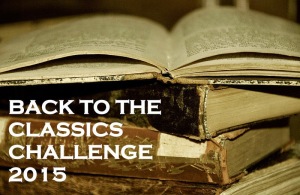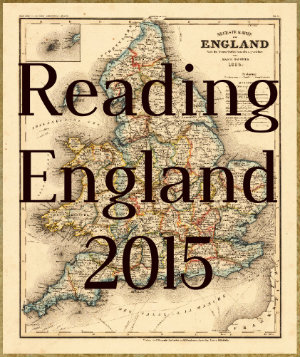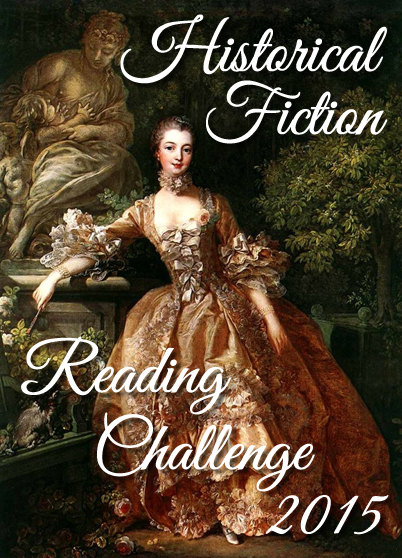 I have read Wuthering Heights in several formats now, from my first Barnes and Noble paperback, to an audio book, to this new annotated version edited by Janet Gezari. It’s interesting how one notices different things about books upon re-reading, and no matter how good a friend a book might be, a re-read introduces nuances never noticed before. So it is with this annotated edition of Wuthering Heights.
I have read Wuthering Heights in several formats now, from my first Barnes and Noble paperback, to an audio book, to this new annotated version edited by Janet Gezari. It’s interesting how one notices different things about books upon re-reading, and no matter how good a friend a book might be, a re-read introduces nuances never noticed before. So it is with this annotated edition of Wuthering Heights.
In the past, when people have asked me (rather aghast upon my pronouncement that this is my favorite book) why on earth I liked it so much, I have been at a loss. After all, aren’t the characters all horrible human beings, impossible to like and therefore sympathize with? I had no real answer for that observation. I shared it. I don’t think I do anymore, however.
I mentioned in my Sunday Post recently that I had noticed Nelly Dean emerging as a much more troublesome character—I might even say a villain—than I had previously thought. Because she tells most of the story, the people she does not like, Catherine and Heathcliff, suffer the most from her descriptions of their character. Heathcliff probably is a pretty horrible person, though the case can be fairly argued that he was made horrible by the way he was treated. We want to feel sorry for him, and then he does something cruel, so we can’t. I am not so blind as to argue he’s a poor, misunderstood innocent. I think people who think of Heathcliff as a great romantic hero either haven’t read the book or don’t understand his character very well. But to me, he’s interesting precisely because he’s horrible. Not interesting as in “I want him to be my book boyfriend.” Let’s get that straight. Yet, Catherine is the one person who sees who Heathcliff really is because, as she says, “Nelly, I am Heathcliff.”
Catherine is probably not as horrible as Nelly depicts her. Nelly doesn’t like her, and her daughter, Cathy, shares many of her mother’s faults but comes off better in Nelly’s description. I think I really understood in this reading how much Nelly prejudices the reader against Catherine. One of the annotations remarks that the Heights’ housekeeper, Zillah, describes young Cathy in much the same way as Nelly describes her mother. I had found young Cathy’s treatment of Hareton inexcusable in the past, but I felt I understood it better in this reading. After all, she considers him in league with Heathcliff, and he did help Heathcliff imprison her in Wuthering Heights. That she ever does, in fact, warm to him and come to love him is miraculous given the start they had, and it shows her capacity for love and forgiveness. Nelly certainly comes off as meddling and judgmental. And why is she spilling all the family dirt to a perfect stranger in the first place?
Another thing I noticed really for the first time in this reading was the bird motif. Birds appear in various forms throughout the narrative. Nelly introduces Heathcliff’s history by describing him as a “cuckoo,” and birds, nests, and feathers are woven through the remainder of the narrative. Birds can be petted caged creatures, like Isabella Linton, or wild creatures like Catherine and Heathcliff. I was thinking about the part in the story when Catherine describes Heathcliff allowing the lapwings to die when she is sorting the feathers in her torn pillow:
And here is a moor-cock’s; and this—I should know it among a thousand—it’s a lapwing’s. Bonny bird, wheeling over our heads in the middle of the moor. It wanted to get to its nest, for the clouds touched the swells, and it felt rain coming. This feather was picked up from the heath, the bird was not shot—we saw its nest in the winter, full of little skeletons. Heathcliff set a trap over it, and the old ones dare not come. I made him promise he’d never shoot a lapwing after that, and he didn’t. (188)
Later in the novel, Heathcliff’s son Linton, Catherine’s daughter Cathy, and Hindley’s son Hareton become like the lapwings in Heathcliff’s trap. Linton is killed, but once Heathcliff notices Cathy and Hareton’s affection for one another, all the will to continue his revenge seems to vanish. He tells Nelly,
It’s a poor conclusion, is it not… An absurd termination to my violent exertions? I get levers and mattocks to demolish the two houses, and train myself to be capable of working like Hercules, and when everything is ready, and in my power, I find the will to lift a slate off either roof has vanished! My old enemies have not beaten me—now would be the precise time to revenge myself on their representatives—I could do it; and none could hinder me—But where is the use? I don’t care for striking. I can’t take the trouble to raise my hand! That sounds as if I have been labouring the whole time, only to exhibit a fine trait of magnanimity. It is far from being the case—I have lost the faculty of enjoying their destruction, and I am too idle to destroy for nothing. (416)
I believe Heathcliff has come to equate the children with the lapwings. He destroyed them for no reason, and remembering Catherine’s injunction, he stays his hand just as his perfect revenge is in his grasp. And he quite literally gives up on living and dies.
I also think I fully appreciated for the first time that young Cathy’s story is her mother’s story “in reverse,” as the “‘movement of the book’ is away from Earnshaw and back, like the movement of the house itself. And all the movement must be through Heathcliff” (65). I think of the scene in which Lockwood finds himself in Catherine and Heathcliff’s old room and sees her three names written: Catherine Earnshaw, Catherine Heathcliff (a name she hoped to have), Catherine Linton. Her daughter begins Catherine Linton, becomes Catherine Heathcliff, and eventually Catherine Earnshaw. The book ends on a hopeful note that what was lost will be restored in this second generation.
Reading this annotated version opened many connections, especially to Romantic writers such as Byron, Shelley, Coleridge, and Wordsworth, that I had not considered before in Brontë’s writing. Though Heathcliff is a famous Byronic hero, I didn’t know, for instance, that Thomas Moore’s Life of Byron may have been in Brontë’s mind when she wrote the scene in which Catherine says she cannot marry Heathcliff because it would degrade her, but that she can marry Linton and help Heathcliff to rise in the world. Byron apparently overhead or perhaps was told that Mary Chaworth, a woman whom he loved, said “Do you think I could care anything for that lame boy?” (140). I was also surprised to learn of a possible connection to Shelley’s Epipsychidion in the declaration that Catherine makes that she “is” Heathcliff: “I am not thine: I am a part of thee” (142). Natural references similar to Wordsworth and Coleridge’s observations occur throughout. It was a more fitting choice for the Romantic era in the Literary Movement Challenge than I even realized when I decided to read it.
It’s a gorgeous book with a great many illustrations and illuminating footnotes. It also includes Charlotte Brontë’s biographical notice and preface to the 1850 edition of the novel. I don’t think Charlotte fully understood what her sister had written, and I don’t agree with much of what she has said about the novel.
If you are a fan of this novel, you definitely want this beautiful edition for your library. If you haven’t read the novel, this edition will enrich your reading. If you don’t like the novel, but you want to figure it out anyway, you might find this edition will give you a lot to think about, and it might just change your mind. I have to say, I fell in love with it all over again on this reading.
Rating:




I will count this selection as my Yorkshire novel for the Reading England Challenge. Taking place some 50 or so years before it was written, this one qualifies as historical fiction, and I am counting it as my Classic by a Woman Author for the Back to the Classics Challenge as well.




Wonderful post, you give me many new things to think about. I never liked WH until I reread it this year, but somehow I saw quite different things in it this time — including how manipulative Nelly Dean is. Did you know that a new book is coming out with her as the main character? I’m intrigued to see that!
Lory @ Emerald City Book Review recently posted…The Merits of Melodrama: Armadale
I did not know that. That would be pretty interesting!